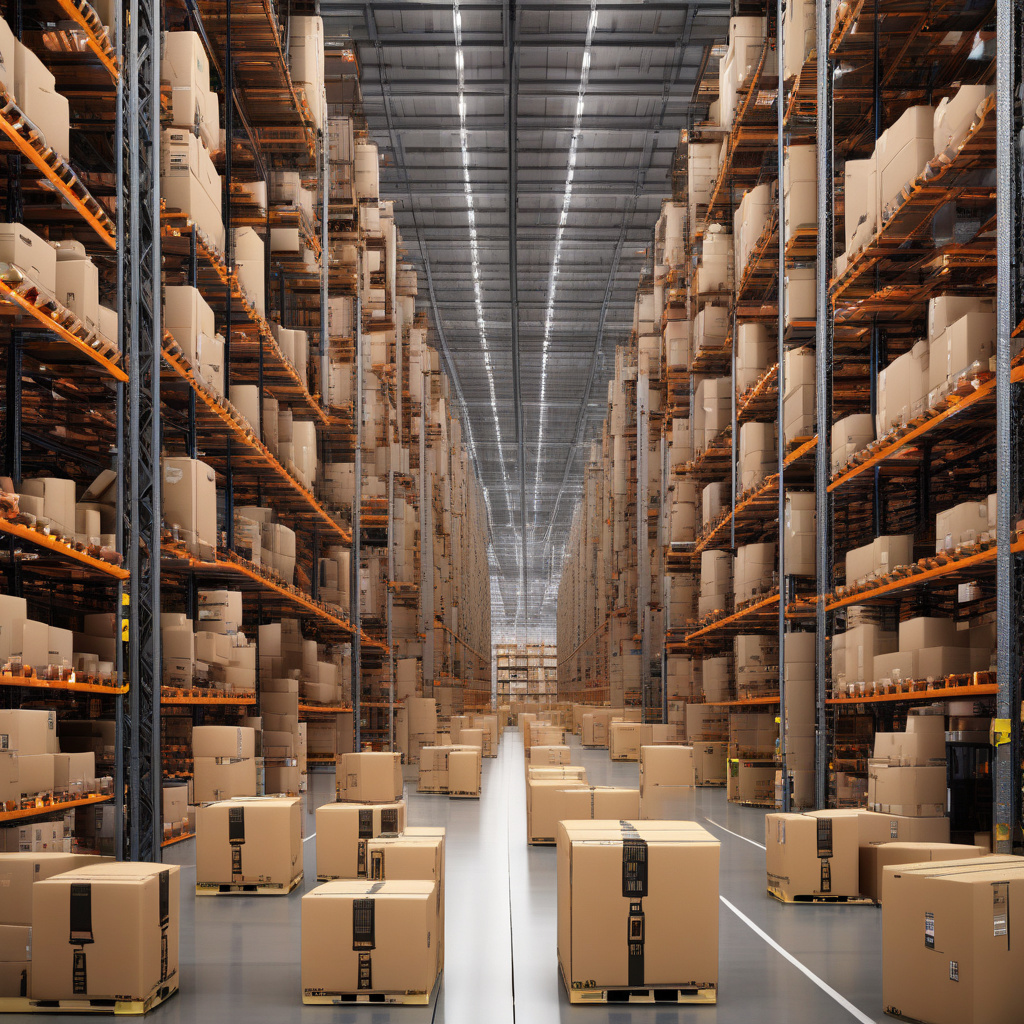The Rise of Automation: Amazon Reaches One Million Warehouse Robots
In the ever-evolving landscape of e-commerce, Amazon has been at the forefront of innovation and efficiency. The tech giant recently reached a significant milestone, with around one million warehouse robots supporting its operations worldwide. This achievement underscores the increasing reliance on automation in the realm of logistics and supply chain management.
It is reported that approximately 75% of Amazon deliveries globally are now supported in some way by robotic systems. These robots play a crucial role in streamlining the fulfillment process, from picking and packing to sorting and shipping. By leveraging robotics technology, Amazon has been able to significantly reduce the time and resources required to fulfill customer orders, ultimately leading to faster delivery times and improved customer satisfaction.
One of the key benefits of using warehouse robots is their ability to work alongside human employees, enhancing productivity and efficiency. Collaborative robots, also known as cobots, are designed to assist warehouse workers with repetitive tasks, allowing them to focus on more complex and value-added activities. This synergy between human workers and robots creates a harmonious work environment where each can leverage their unique strengths.
Amazon’s investment in warehouse robotics is a strategic move to stay ahead of the competition and meet the growing demands of online shoppers. With the e-commerce industry experiencing unprecedented growth, especially in the wake of the COVID-19 pandemic, companies are under pressure to optimize their operations and deliver orders faster than ever before. Warehouse robots offer a scalable solution to handle the increasing volume of orders while maintaining operational efficiency.
Moreover, the use of robotics technology in warehouses aligns with Amazon’s commitment to sustainability and environmental responsibility. By automating routine tasks, companies can minimize waste, reduce energy consumption, and lower their carbon footprint. Additionally, the implementation of robots in warehouses can lead to safer working conditions for employees, as they are relieved from physically demanding and injury-prone tasks.
While the adoption of warehouse robots presents numerous advantages, it also raises concerns about the impact on the workforce. As automation becomes more prevalent in the logistics industry, there is a fear of job displacement among warehouse workers. However, proponents of robotics argue that automation can create new job opportunities, such as robot maintenance technicians, software engineers, and data analysts, which require specialized skills and expertise.
In conclusion, Amazon’s achievement of reaching one million warehouse robots highlights the transformative power of automation in the realm of e-commerce. By embracing robotics technology, companies can enhance operational efficiency, improve customer service, and drive innovation in the digital age. As we continue to witness the convergence of technology and commerce, the role of warehouse robots will undoubtedly shape the future of logistics and redefine the way we fulfill and receive online orders.
robotics, automation, logistics, e-commerce, sustainability












